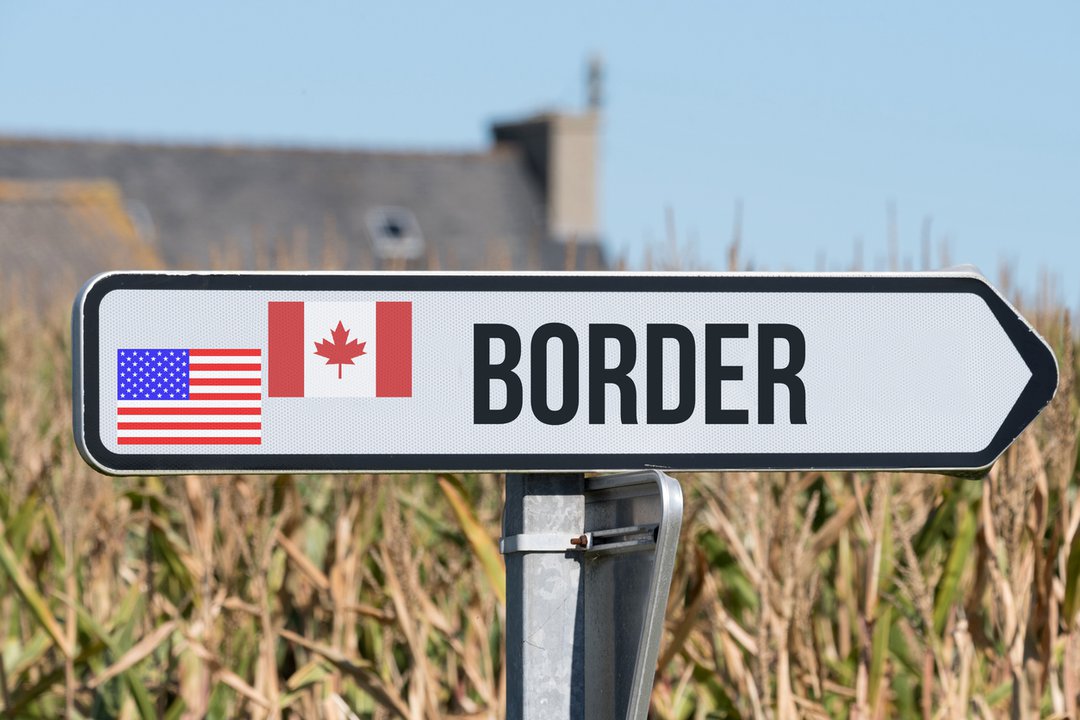
WASHINGTON – Some questions and answers about the state of the Canada-U.S. border, 16 months into the COVID-19 pandemic:
Q: Who can enter Canada from the United States without having to quarantine?
A: In addition to essential workers, international students and cross-border trade shipments, all of which have been allowed from the outset, fully vaccinated Canadian citizens, permanent residents and eligible foreign nationals can now enter Canada without having to submit to a 14-day quarantine. Canada also has limited exceptions in place for foreign nationals who are immediate family members of a Canadian citizen or permanent resident, as well as a process to allow extended family members and international students to apply for entry.

Q: What are the requirements?
A: Only Canadian citizens, permanent residents and eligible foreign nationals who have gone two weeks since a full course of one of the four COVID-19 vaccines approved by Health Canada — Pfizer-BioNTech, Moderna, Oxford-AstraZeneca or Johnson & Johnson — are exempt from quarantine. Further, travellers must use either the ArriveCAN app or online portal to submit proof of vaccination, as well as the results of a negative COVID-19 test no more than three days old, prior to departure. Border officials will also want to see a paper or digital copy of vaccination documentation, and a certified translation of same if the original is not in either English or French.
Q: What’s changing?
A: As of Aug. 9, fully vaccinated U.S. citizens and permanent residents will also be exempt from the quarantine requirement, subject to the same requirements and restrictions as their Canadian counterparts. Fully vaccinated travellers from elsewhere around the world will be afforded the same exemption as of Sept. 7. Children under 12 who are accompanied by fully vaccinated adults can also enter Canada without quarantining on Aug. 9, but will be required to wear a mask in public and avoid group settings, such as school and summer camp.
Also Aug. 9, international flights — currently restricted to just Montreal, Toronto, Calgary and Vancouver — will be allowed to land at five additional Canadian airports: Halifax, Quebec City, Ottawa, Winnipeg and Edmonton. The three-night mandatory hotel stay for air travellers is also being eliminated.
As well, the Canada Border Services Agency will no longer require every fully vaccinated arrival to submit to a COVID-19 test on their first day in Canada, but will maintain surveillance measures by randomly selecting travellers for testing.
Q: I’m a fully vaccinated Canadian citizen. Can I take a vacation in the United States?
A: It depends on how you’re travelling. Currently, air travellers to the U.S. need only submit a negative COVID-19 test no more than three days prior to departure, or proof from a health care provider that they have recovered from COVID-19 in the past 90 days. The same applies to entry by sea or by rail, with the exception of commuter trains and ferries. Entry by land is otherwise restricted, and the U.S. made it clear Monday that it is following its own timeline, and expects to extend restrictions at the Canadian and Mexican borders before they are due to expire on July 21, regardless of Canada’s plan to further ease restrictions next month. Vaccinated Canadians travelling to the U.S. for less than 72 hours will also be allowed to take their pre-entry test in Canada.
Q: Can I travel to Canada from India?
No. Canada currently has a ban in place on flights from India, owing to the severity of that country’s outbreak of the Delta variant of COVID-19. That ban is being extended to at least Aug. 21.
Q: I’m not fully vaccinated. What happens if I try to skirt the rules?
A: You’ll either be turned away at the border or required to quarantine in Canada — or worse. Violating the Quarantine Act by falsifying vaccination records carries a maximum penalty of a $750,000 fine, six months in jail or both, not to mention the possibility of forgery charges under the Criminal Code. Violating quarantine or isolation orders can also result in a daily fine of $5,000, up to a maximum of $750,000, as well as the risk of up to six months behind bars.
Comments are closed.
